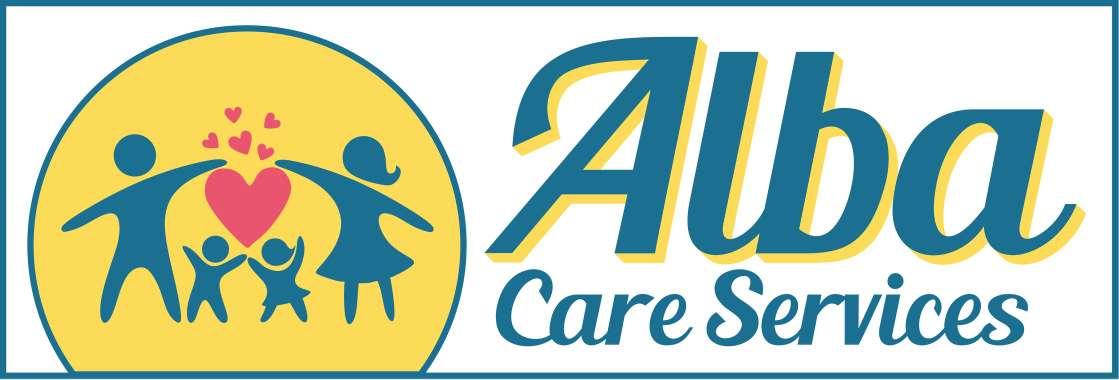The act of fostering a child is a deeply compassionate and profound responsibility, one that touches not only the lives of the children involved but also that of the foster parent and the community at large. But for many who feel the call to help, the path to becoming a foster parent can seem dauntingly steep, with numerous steps and unknown durations before you can bring a child into your home. In this exploration, we’ll shed light on the intricacies of the foster care system, demystify the process, and provide an understanding of what to expect on the road to foster parenthood.

THE JOURNEY BEGINS: OVERVIEW OF FOSTER CARE
Foster care is a vital resource within the child welfare system, providing temporary homes for children who cannot remain with their families due to diverse circumstances. It is a dynamic and challenging field, one that requires its volunteers—foster parents—to meet specific requirements and undergo significant training. The foster care system operates with the well-being of the child at its core, aiming to provide a safe and stable environment while working towards the child’s best interests, including family reunification or permanent placement in some cases.
Before taking in foster children, potential foster parents undergo a series of assessments and training sessions to ensure they are well-equipped for the task ahead. This includes extensive background checks, home inspections, and interviews with all family members. Each step is designed with the child’s safety and compatibility in mind. Once these preliminary requirements are fulfilled, candidates can become licensed foster parents, entrusted with the care of some of the most vulnerable
QUALIFYING TO FOSTER: THE REQUIREMENTS
Before the clock starts ticking, aspiring foster parents venture through the initial steps of application and requirements. Criteria typically include:
- Meeting state-mandated age requirements (often 21 or older)
- A stable and adequate income to support a family
- Physical and mental health evaluations
- A safe and clean home environment that meets state standards
- Criminal and child abuse background clearances
Each state’s child welfare agency and private agencies have varying prerequisites, so it’s crucial to check with your local authority for specific guidelines that apply to you.
THE PATH TO CERTIFICATION: TRAINING AND HOMESTUDY
Once the basic requirements are met, the next phase involves training and certification. This often includes a pre-service training program focused on understanding the foster care system and the needs of children in care. Most locales require a minimum of 20 hours of training, but some may ask for more specialized courses.
Simultaneously, prospective foster families must undergo a homestudy, a comprehensive assessment of their readiness to become foster parents. This involves multiple home visits, interviews, and the formulation of a home study report that highlights the strengths and readiness of the family to welcome a foster child.
NAVIGATING THE CALENDAR: HOW LONG DOES IT TAKE?
The length of time from application to approval can vary widely. On average, this process can take several months to a year. Factors influencing this timeline include the availability of training courses, the scheduling of home visits, and the readiness of the applicants to complete any necessary steps, such as finishing educational requirements or making physical changes to their homes.
For some, the timeline may be expedited, especially in urgent or unique circumstances. Certain states or agencies have “fast-track” programs for those who have previous fostering experience or are related to the child in need.
STAYING THE COURSE: CHALLENGES AND EMOTIONS
The time it takes to become a foster parent is not just about waiting but also enduring an emotional and sometimes frustrating process. You’ll find yourself facing:
- Impatience and eagerness to start helping
- The weight of the responsibility that comes with caring for vulnerable children
- Balancing personal commitments and the fostering requirements
However, the emotional preparation and fortitude gained during this phase are invaluable for the challenges to come.
LEARNING THE LANDSCAPE: LEGALITIES AND RESPONSIBILITIES
Prospective foster parents must familiarize themselves with the legalities and expectations that come with fostering. This includes understanding the rights of the biological parents, the importance of collaborating with social workers, and the role of court systems in the decision-making process for foster care placements.
Foster parents also learn about the rights and needs of the foster child, which includes advocating for educational and healthcare resources, providing emotional support, and nurturing their development throughout their stay.
THE ENDLESS TIMELINE: ADOPTION AND LONG-TERM FOSTERING
For some foster families, the timeline doesn’t end with the child’s removal from their home. Many foster parents pursue adoption if a child can’t be safely returned to their biological family. This can be a lengthy, but ultimately fulfilling, process that often follows the same steps as initial certification with additional legal and post-placement requirements.
Alternatively, some children may need a long-term foster care placement where they are raised by the same foster parents until aging out of the system or becoming independent.
THE SIGNIFICANT REWARDS: MAKING A DIFFERENCE
The impact of fostering is immeasurable. Foster parents provide a stable foundation for a child during a turbulent time, playing an instrumental role in their growth and development. The rewards extend beyond the child, uplifting the foster family and community. For those who have walked this path, the reward is seeing a child regain their sense of identity and belonging, often against all odds.
BRIDGING THE GAP: RESOURCES AND SUPPORT
Throughout the fostering process, you are not alone. There are numerous resources available to support you, ranging from local support groups to round-the-clock advice and counseling services from your fostering agency. It’s crucial to build a support network and lean into the resources provided to foster an environment of continuity for the child in your care.
CONTINUING THE JOURNEY: FOSTER PARENTING AWARENESS
Transparency and open communication with your support system, the child’s caseworkers, and the court can help mitigate the ups and downs of fostering. The continuing education, while not mandatory once a foster parent, is strongly encouraged to stay informed about new practices and policies that may affect your role.
EMBARKING ON THE FOSTER PARENTING JOURNEY

For those inspired to begin this extraordinary chapter, the process may seem lengthy, and the commitment vast, but the need for foster parents is ever-present. It’s with dedicated individuals like you that the foster care system can continue to make positive impacts on the lives of children. If you are considering becoming a foster parent, take that first step, reach out to your local fostering agency, and start the conversation.
The road to foster parenthood is a uniquely personal one, but with compassion and dedication, it’s a path that can lead to profound and lasting change in the lives of many. If your heart’s calling is to endearingly touch a child’s life, the timing, no matter how long the process, will always be just right.



